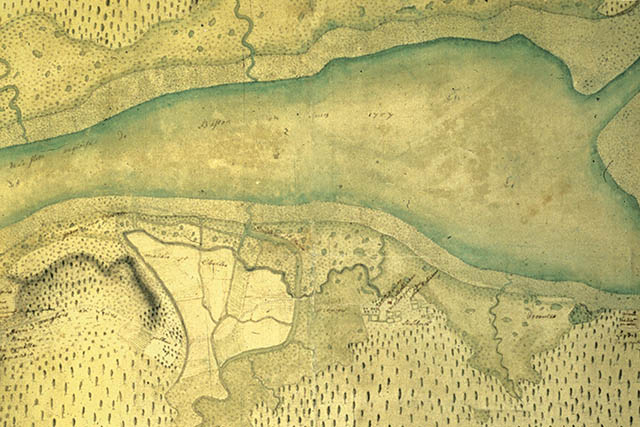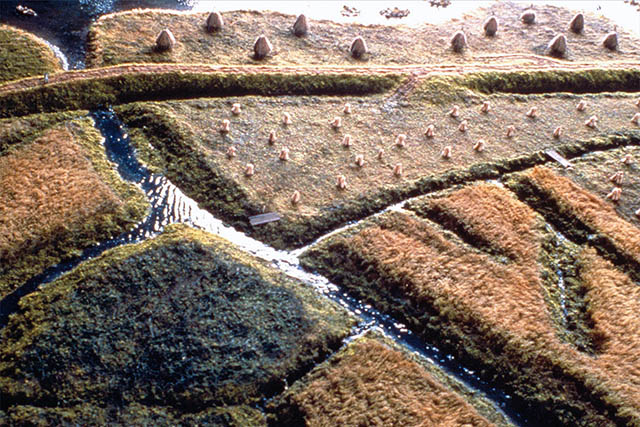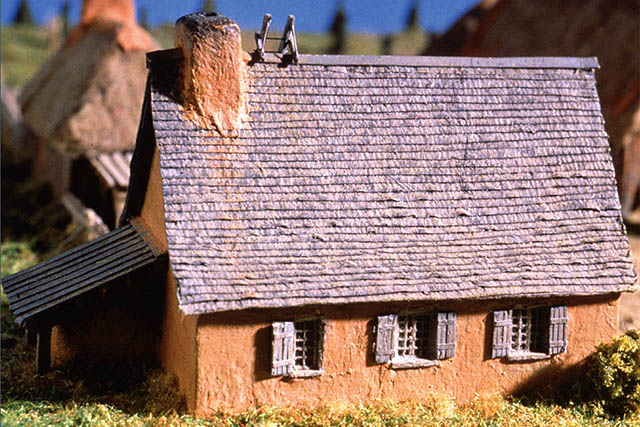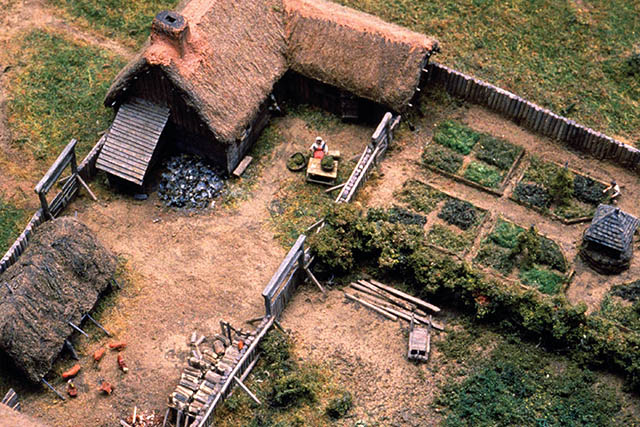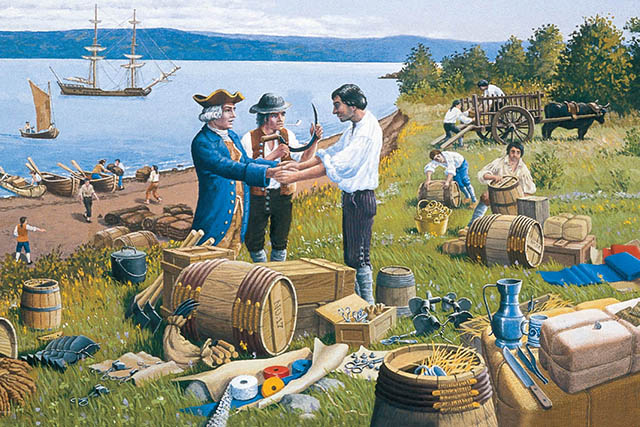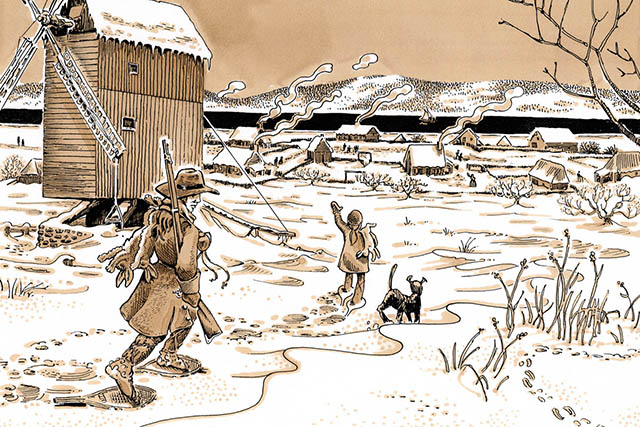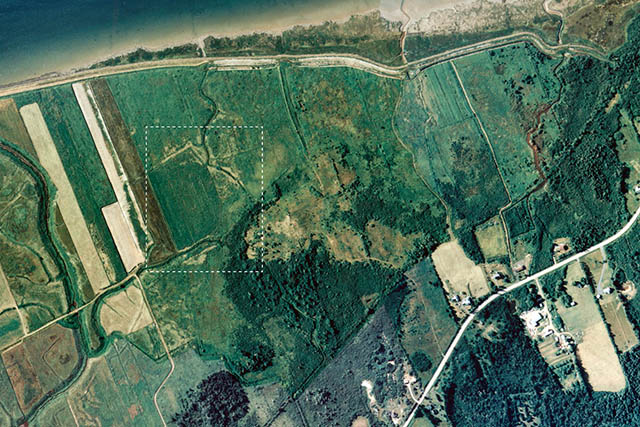
Life in the village
Melanson Settlement National Historic Site
Welcome to an archaeological site that provides insight into a pre-Deportation Acadian community.
This site is associated with one extended family, the Melansons, yet it reveals patterns of dyke-land agriculture and settlement that were common throughout the Port-Royal area and in other parts of Acadie.
A family village
Charles Melanson and Marie Dugas settled here about 1664. Eight of their 14 children eventually built homes nearby, as did one unrelated couple, Jean Roy and Marie Aubois. For more than nine decades this settlement grew to include houses, farm buildings, orchards, and upland gardens.
Diversity in the village
In 1710, there were six households in the Melanson settlement. One household was headed by Marie Dugas, Charles Melanson’s widow, and four were their direct descendants. The sixth was headed by Jean Roy, a fisherman from France who had the nickname La Liberté. He lived at Cape Sable, where he worked for the La Tour fishery. Roy moved to the site when Anne Melanson, widow of Jacques de Saint-Étienne de La Tour, left Cape Sable to return to raise her children in the family settlement. One document suggests Jean Roy dit la Liberté was a person of African descent. He was married to Marie Aubois, an Indigenous woman who was possibly from Québec.
Dyking and farming
Working with the Guilbeau family from the other side of the marsh, the Melansons built the first dyke in the 1660s. As more farmland was needed, new dykes were built. By 1725, the reclaimed marshland extended to the river. Family members and neighbours worked co-operatively, first to create the fertile dykelands, and later to harvest the crops and graze livestock.
Fishing and trading
Though farming was the dominant occupation, Acadians were often also fishers and traders. Several people in this village complex had active ties with the sea. Abraham Boudrot, a son-in-law of Charles Melanson, was a well-known ship captain and trader. Charles Melanson Jr. supplied heavy timbers for construction of the fort at Port-Royal (after 1710, Annapolis Royal).
Your help is needed
The archaeological remains of the Melanson settlement are important cultural resources.
Please help us preserve all areas intact and undisturbed.
It is illegal to collect historic or natural objects from national parks and national historic sites.
If you believe you have found something significant, leave the item in place and report your finding to Parks Canada. Please leave these natural items for others to enjoy.
- Date modified :
